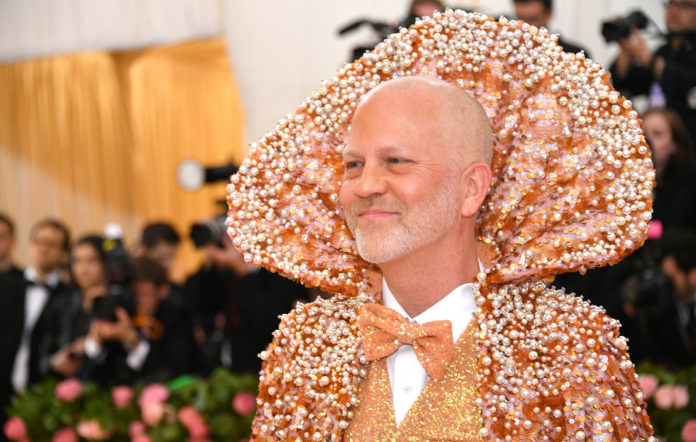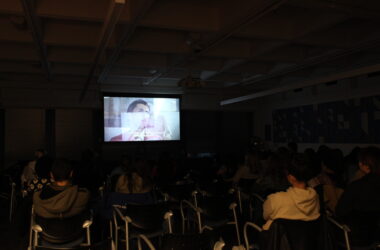In the last decade, Ryan Murphy has been a singular force to be reckoned with in the world of television. Murphy has written, directed, and produced some of the most celebrated contemporary TV shows and films, including his humble beginnings with Nip/Tuck, to the attention-grabbing anthology American Crime Story, the critically acclaimed series Pose, and more recently Ratched.
Murphy has become popular due in part to his exploration of overlooked subject matter and valorization of marginalized communities. Despite advocating for diversity and inclusion in popular media, Murphy has not always succeeded in giving nuanced portrayals of the communities that he purports to champion. It is important to remember that misogyny, transphobia, and ableism can emerge in supposed diverse spaces, and equally, in popular queer media.
As a gay man, Murphy has made bounds in the television industry; however, this has unintentionally resulted in audiences and critics permitting him to continue to produce laughs and shocks at the expense of degrading non-white and female characters. Yes, Murphy is a trailblazer, but he is not exempt from the same mistakes that previous showrunners and network executives have made.
Emerging in the early 2000s when television shows with heteronormative white narratives like Gilmore Girls and One Tree Hill were the norm, Murphy changed the television landscape with Glee, which ran from 2009 to 2015. Glee received both critical and popular praise for being one of the first mainstream teen serials to prominently feature gay, lesbian, and transgender characters, people of colour, and disabled characters.
While Glee brought then-ignored stories to light, it exploited its characters’ identities for derivative narratives and diversity points. For example, Kurt, an openly gay, musical theatre-loving student, was portrayed as stereotypically effeminate and beholden to character development limited solely to his sexuality. Most of the issues that Kurt encountered in the first couple of seasons revolved around his sexuality. Namely, Kurt was bullied for being gay by football jock David Karosfky, who himself struggled to come to terms with his sexuality. This victim trope prevented Kurt, Karofsky, and Glee’s other queer characters from rightfully having realized narrative arcs.
Beyond shallow writing, Murphy engages in shallow casting practices, using actors who do not identify as members of the communities their characters belong to. From ignoring calls for racial diversity to selecting able-bodied actors to play disabled characters, Murphy’s casting choices reveal just how little thought is put into crafting substantial narratives for marginalized communities.
Yet, the stories Murphy presents are vitally important. The Normal Heart is a brutally honest, painful, and powerful depiction of the AIDS crisis in New York in the 1980s. Pose tackles poverty and homelessness among 2SLGBTQIA+ communities, transphobia, as well as racism and sexism in corporate America, with a respect and sensitivity that was often absent in Murphy’s earlier work. Both these stories are self-reflexive, a key characteristic that Murphy’s previous shows lacked.
Murphy takes on challenging topics that are ambitious for even the most thoughtful and sensitive television writers. It’s important to acknowledge his representational shortcomings, as his popularity influences both his young viewers’ attitudes and perceptions and the practices of other television writers and producers. Murphy’s more recent projects show a greater deal of sensitivity in their writing and casting, giving hope that the prolific producer has grown along with his projects.









